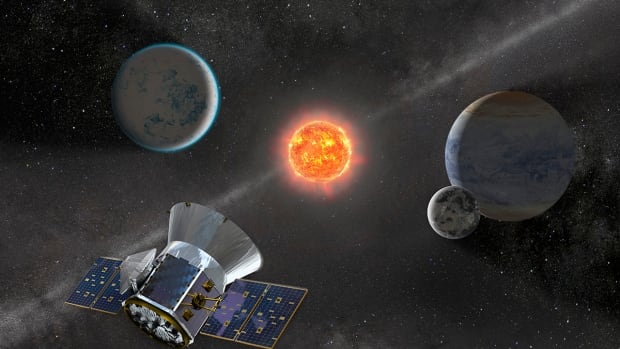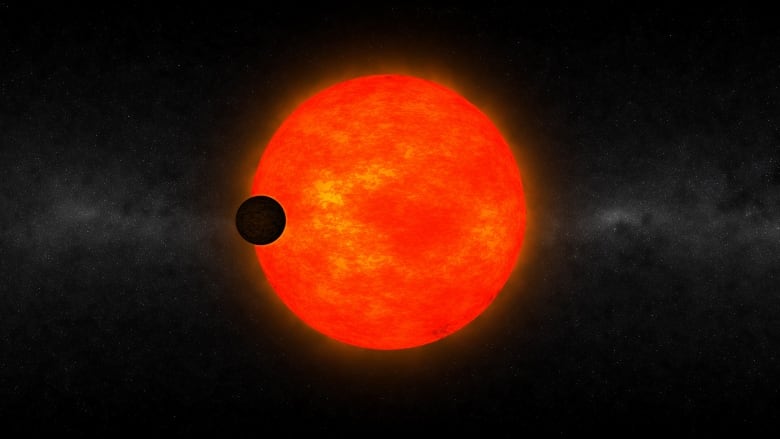
In our continuing search for life on planets circling other stars, scientists are on the lookout for those in the habitable zone, sometimes called the Goldilocks zone.
This is the region where planets orbit just the right distance from their star so that the surface temperature allows liquid water to exist, which is considered a prerequisite for life.
Now, scientists at the University of California Irvine have used climate models to show how planets around other stars with extreme environments could have a relatively benign twilight zone. This could increase the chances of life existing on these planets.
One difficulty in the search for extraterrestrial life is the fact that the majority of stars in our galaxy are M-dwarf stars, which are much smaller and dimmer than our sun. That means planets must be huddled very close to their star to receive enough heat to remain warm enough to sustain life. One example is the TRAPPIST-1 system, which has seven planets closer to their star than Mercury is to our sun, but only three are thought to be within the dim star’s relatively tiny habitable zone.
Planets that are very close to a star will likely become gravitationally locked to it. Tidal forces on the planet will eventually cause one side of the planet to always face the star and the other side face the darkness of space.
As a result, in these systems, one side of the planet will be in endless daylight and the other perpetually dark. This phenomenon isn’t limited to stars and their planets: our moon is tidally locked to the Earth, which is why we always see the same side.
A planet with a tidal lock to its star would have environments very different from Earth. The sunny side could become scorched and dry while the night side freezes solid, like Antarctica in winter. But in a new study published this month in The Astrophysics Journal, scientists found that there may be a small zone on these planets where conditions are not so extreme.

If the planet had the right balance of land and water, the simulations showed that there could be a zone along what’s known as the terminator — the line that divides day and night — where temperatures could be moderate and lakes and rivers could form.
The scientists are calling this ring world around the planet a terminator zone, but it would feel more like a twilight zone — because the sun would hover low on the horizon, never setting or rising, producing a dusk-coloured sky. If life appeared in those lakes, it might form a living band of green around an otherwise barren and hostile world.
In science fiction, alien planets are usually depicted as very Earth-like, exhibiting the full range of environments within driving range of Los Angeles, which makes it easier for producers in Hollywood studios. The holy grail of planet hunters is to find an Earth-like planet going around a sun-like star.
But this may be a very limited view of what could really be out there among the stars of our galaxy. Chances are, alien worlds will be very different from ours, but life could still have adapted to unusual environments. Who knows, perhaps we will discover that our planet, the Blue Marble, is the exception rather than the rule. And perhaps that is all the more reason to take care of it.